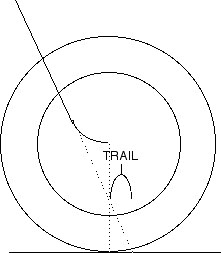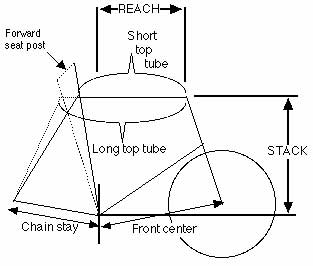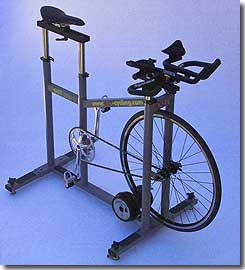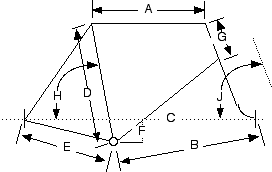
Bikes for the torso-impaired
It is not that often that a person needs a custom bike, but this is the most typical of circumstances when a custom is indicated.
by Dan Empfield, January 10, 2007
It is not that often that a person needs a custom bike, but this is the most typical of circumstances when a custom is indicated.
by Dan Empfield, January 10, 2007
It’s one thing to comprehend concepts like trail and steering axis and gyroscopic forces, another thing altogether to know with precision how a bicycle is going to handle once a design is executed in the form of a road-ready machine.
In the final chapter of our stack and reach primer, we compare stack and reach with other ways of remaking sizing nomenclature.

Our primer on stack & reach continues with the second chapter in the series. We examine how stack and reach enable you to understand how a given bike will, or will not, fit you.

Earlier in the decade I wrote an article on how bikes are sized, and the gist was that we ought to be looking at bikes from the point of view of head tubes and top tubes, and that’s it. — no more seat tube sizing.

I ride a 59cm bike or, if it’s a road race bike (as opposed to a tri bike) I’ll ride a 60cm bike. If it’s a Litespeed tri bike, I’ll ride 57cm, and so it goes. How are these bikes measured, and why do I ride different sizes depending on the manufacturer?